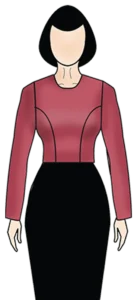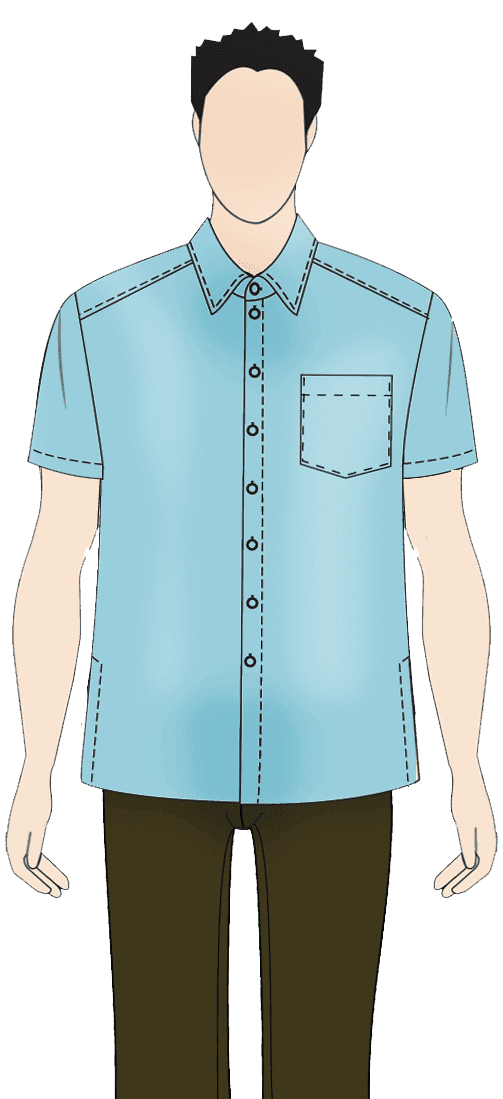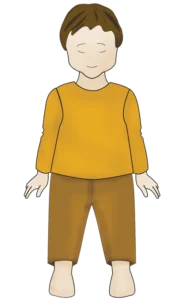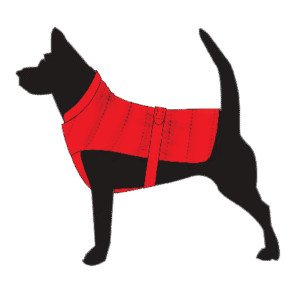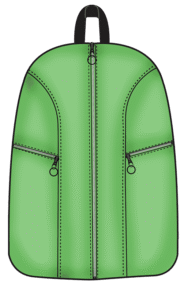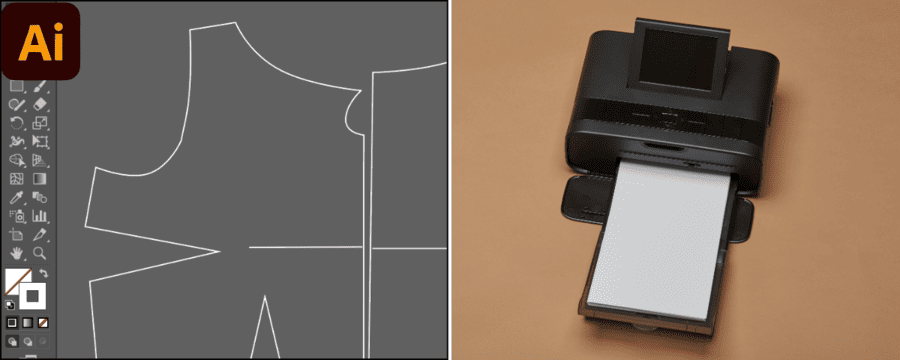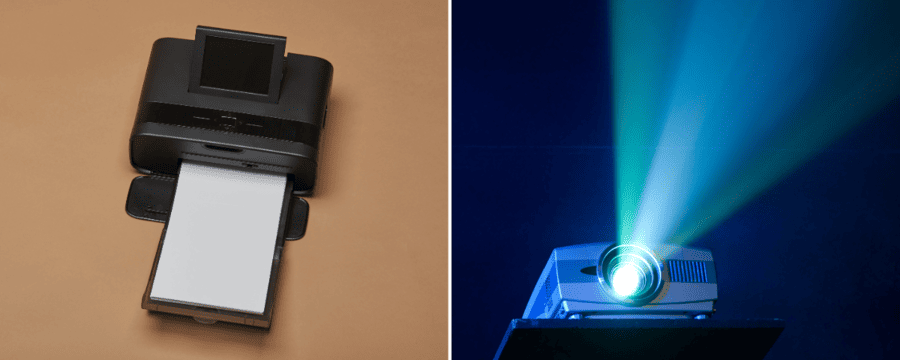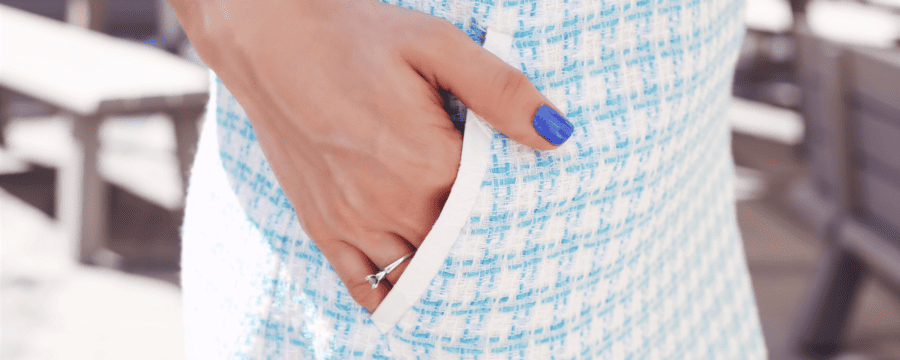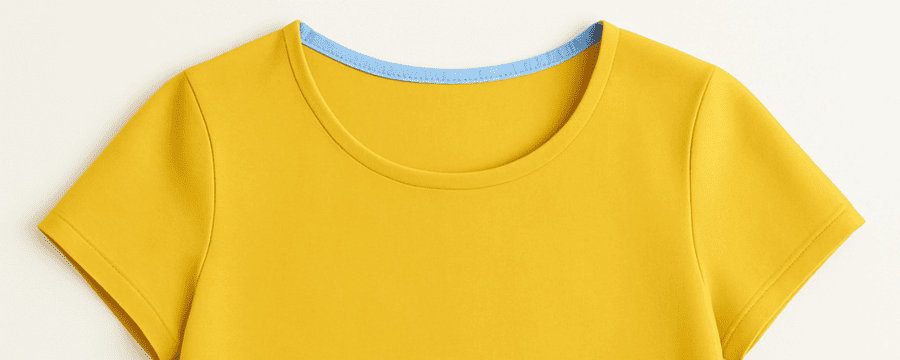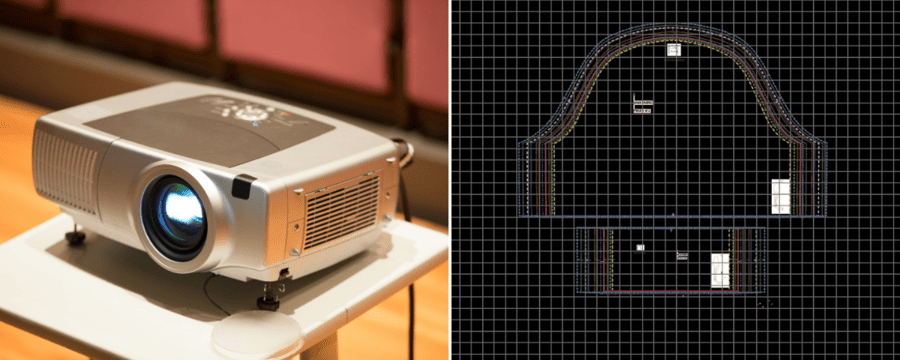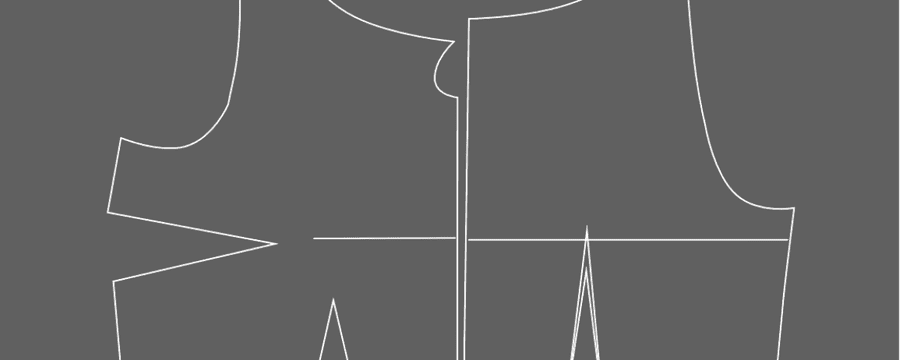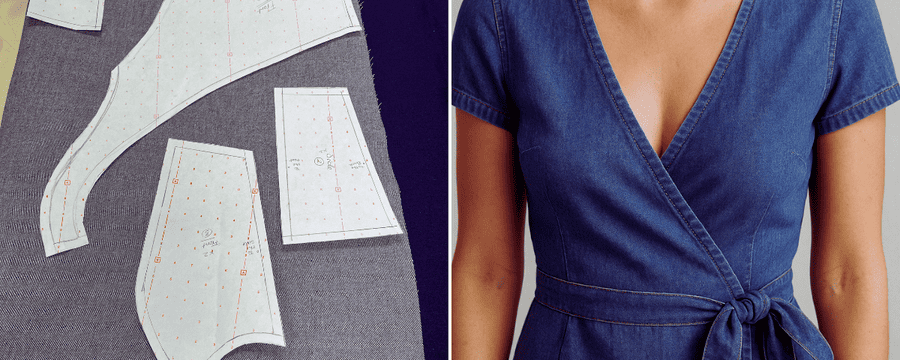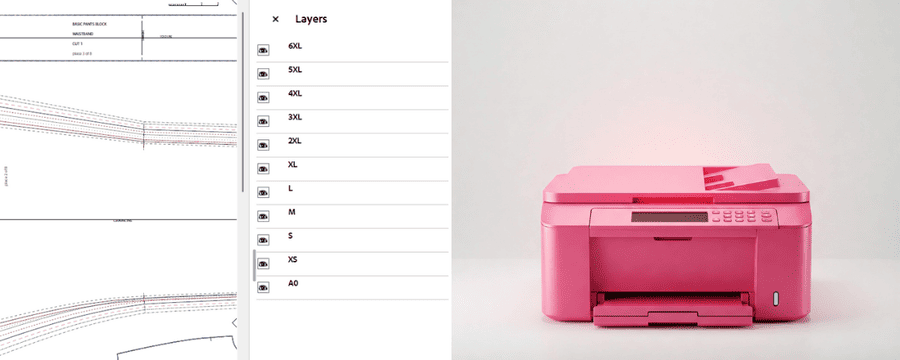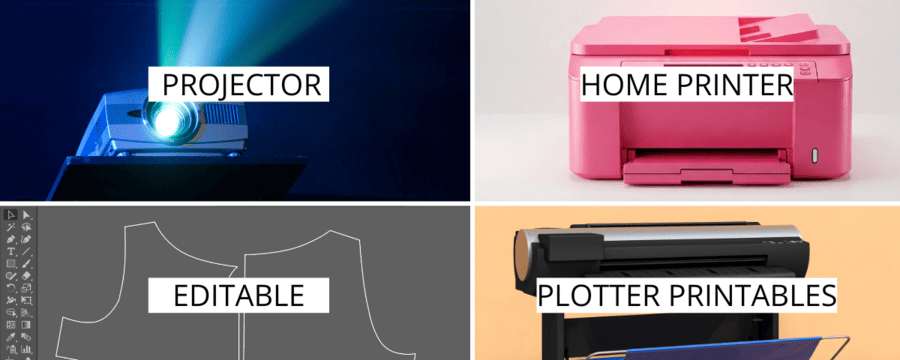🎁 Save 35% Sitewide - Don't Miss Out!
- Women
Women
Discover trend-forward fashion for every moment. From timeless classics to the latest must-haves — curated just for you.

- Men
Men

Elevate your everyday wardrobe with modern essentials and refined classics. Style built for confidence and comfort.
- Kids
Kids
Find adorable outfits for little trendsetters. Comfy, colorful, and ready for every adventure, big or small.

- Dogs
Dogs Patterns
Outfits and accessories made for your best friend. Let your dog strut in style, from cozy essentials to statement looks.

- Accesories
Accessories
Complete your look with the perfect finishing touches. Accessories that add personality, polish, and a little magic.

🎁 Save 35% Sitewide - Don't Miss Out!
- Women
Women
Discover trend-forward fashion for every moment. From timeless classics to the latest must-haves — curated just for you.

- Men
Men

Elevate your everyday wardrobe with modern essentials and refined classics. Style built for confidence and comfort.
- Kids
Kids
Find adorable outfits for little trendsetters. Comfy, colorful, and ready for every adventure, big or small.

- Dogs
Dogs Patterns
Outfits and accessories made for your best friend. Let your dog strut in style, from cozy essentials to statement looks.

- Accesories
Accessories
Complete your look with the perfect finishing touches. Accessories that add personality, polish, and a little magic.



